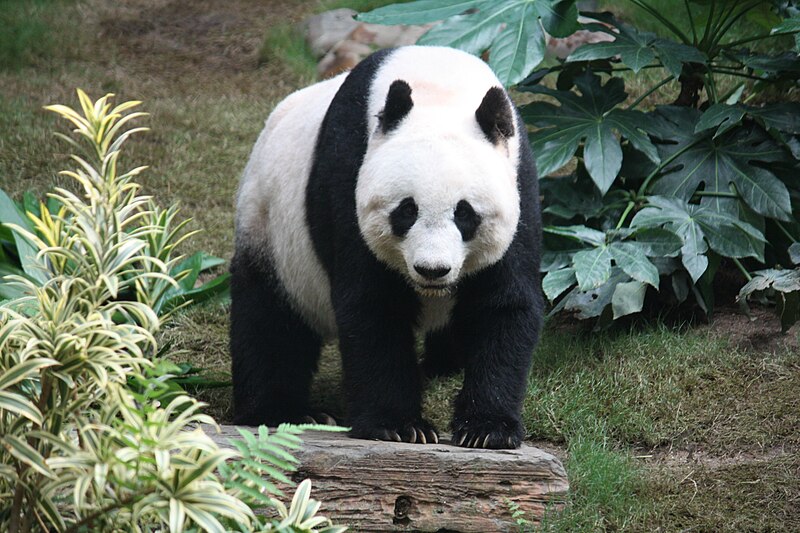
In “Microbes help giant pandas overcome meat-eating heritage” (Nature News, October 17, 2011), Ewen Callaway reports on an interesting case of symbiosis:
Giant pandas don’t digest bamboo by themselves. Microorganisms in their guts may help the endangered animals to subsist on plants despite a gut that is better suited to eating meat, finds an analysis published this week in the Proceedings of the National Academy of Sciences.
Most herbivores have adaptations to process vast amounts of cellulose in relation to food value. But a carnivorous ancestry leaves the panda – who eats more than 12 kilograms of bamboo each day – short:
A broad survey of animal gut microbes found that pandas’ microorganisms resembled those of black bears, polar bears and other meat-eaters
However, a study that included stool samples from wild as well as zoo pandas found that
samples from both groups contained previously unknown genes produced by Clostridium bacteria, which resembled known genes for enzymes that break cellulose into simpler sugars.
Some disagree: Cornell microbiologist Ruth Ley says,
“I see a very badly adapted animal,” she says. “The main way the panda has adapted to the low-quality diet is not via microbiota, like the vast majority of other animals, but by eating 15 hours per day.”
But isn’t that normal for herbivores? What else have they to do most of the time?